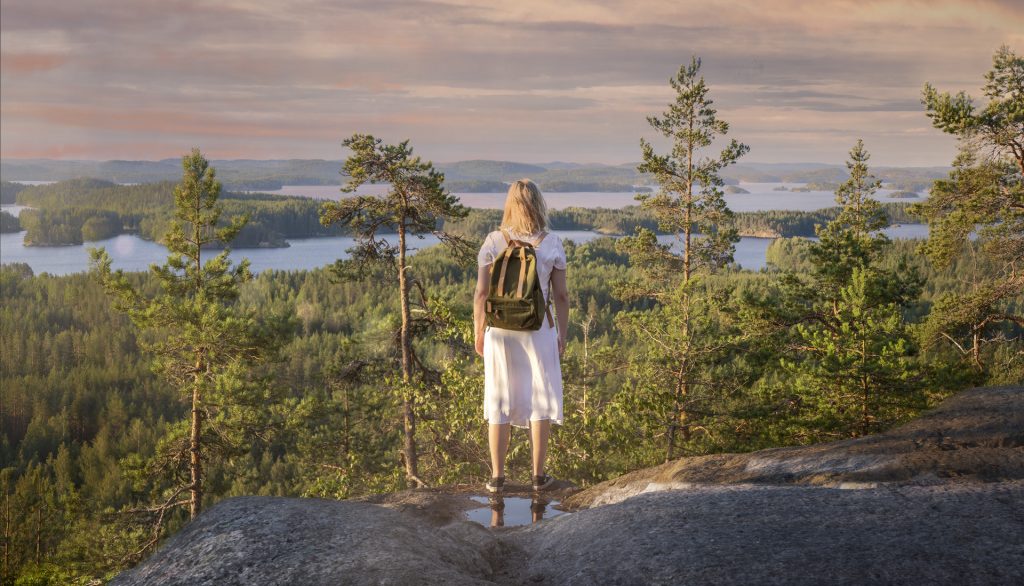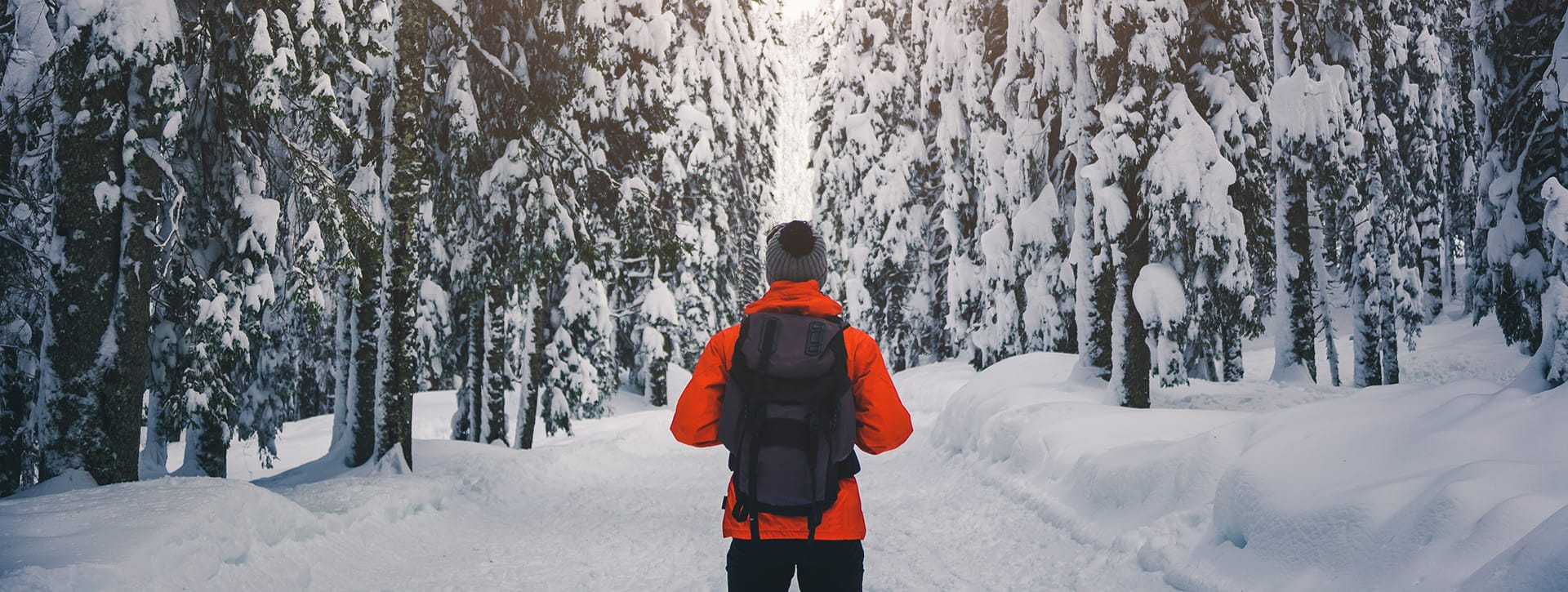
Study in Finland
Did you know that Finnish education system consistently ranks as one of the best in the world, and Xamk is known to be at the top of the Universities of Applied Sciences in the country.
One of the best higher education and training system in the world.
Discover our key insights
One of the best education system in the world!
Know your opportunities
Facts about Finland
Thinking about Studying in Finland?
Finland’s education system is regarded as one of the best in the world. Education is a strong part of Finnish culture from pre-school years into adulthood.
We are strong believers in equality and education. That is why Finland has a good education system with high standards and efficient quality assurance – this provides excellent opportunities for studying. In addition, we have very highly qualified teachers in Finland. At Xamk, we have top-class teachers who have years of expertise in their respective fields.
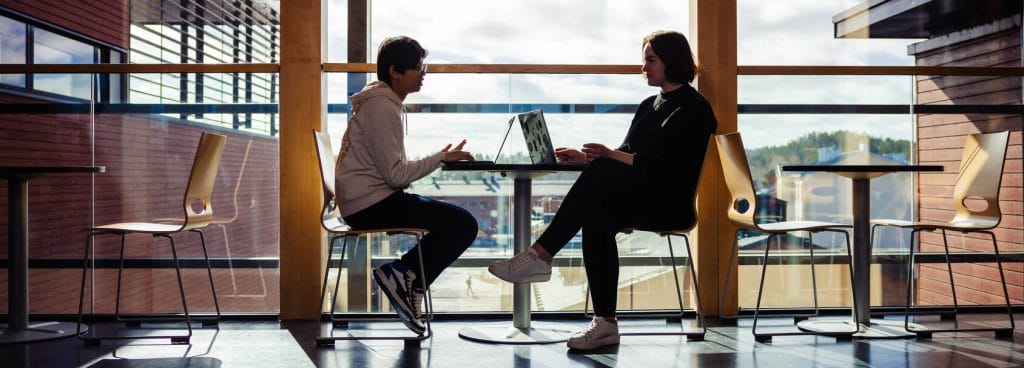
Finnish institutions are well-respected in the global job market
The Finnish education system is highly regarded worldwide, and degrees from Finnish institutions are well-respected in the global job market. This recognition stems from the rigorous academic standards, innovative teaching methods, and comprehensive curriculum that characterize Finnish education.
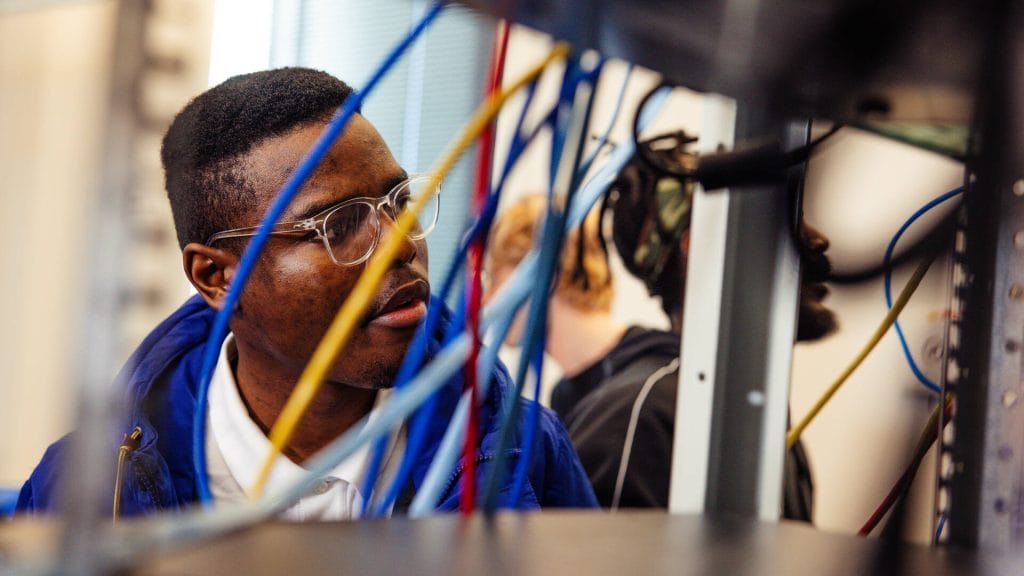
What’s the difference between university and university of applied sciences?
Finland has two types of higher education institutions: universities and universities of applied sciences (UAS).
Universities focus on scientific research and education based on it. Universities of applied sciences, on the other hand, offer a pragmatic education that responds to working life needs.
Studies at a university of applied sciences (UAS) focus on professional and practical know-how and skills. The practical experience provided by UAS studies is highly appreciated in many jobs and duties. UAS Bachelor’s level studies also gives you the opportunity to apply for further studies, such as completing a UAS master’s level degree and continuing as far as a doctoral degree.
Land of opportunity
Its culture is unique: the Finnish way of life combines all the advantages of a high-tech society with a love of the country’s rich and vast expanses of unspoilt nature. Finland also has a high standard of social security and health care, all financed by the state.
The Nordics have been ranked in the top 10 of the World Happiness Report 2024, with Finland placed first.
The World Happiness Report ranked 156 countries by how happy their citizens perceive themselves to be.
Happiest country
Sustainable development
One of the most innovative countries
Cleanest air
.
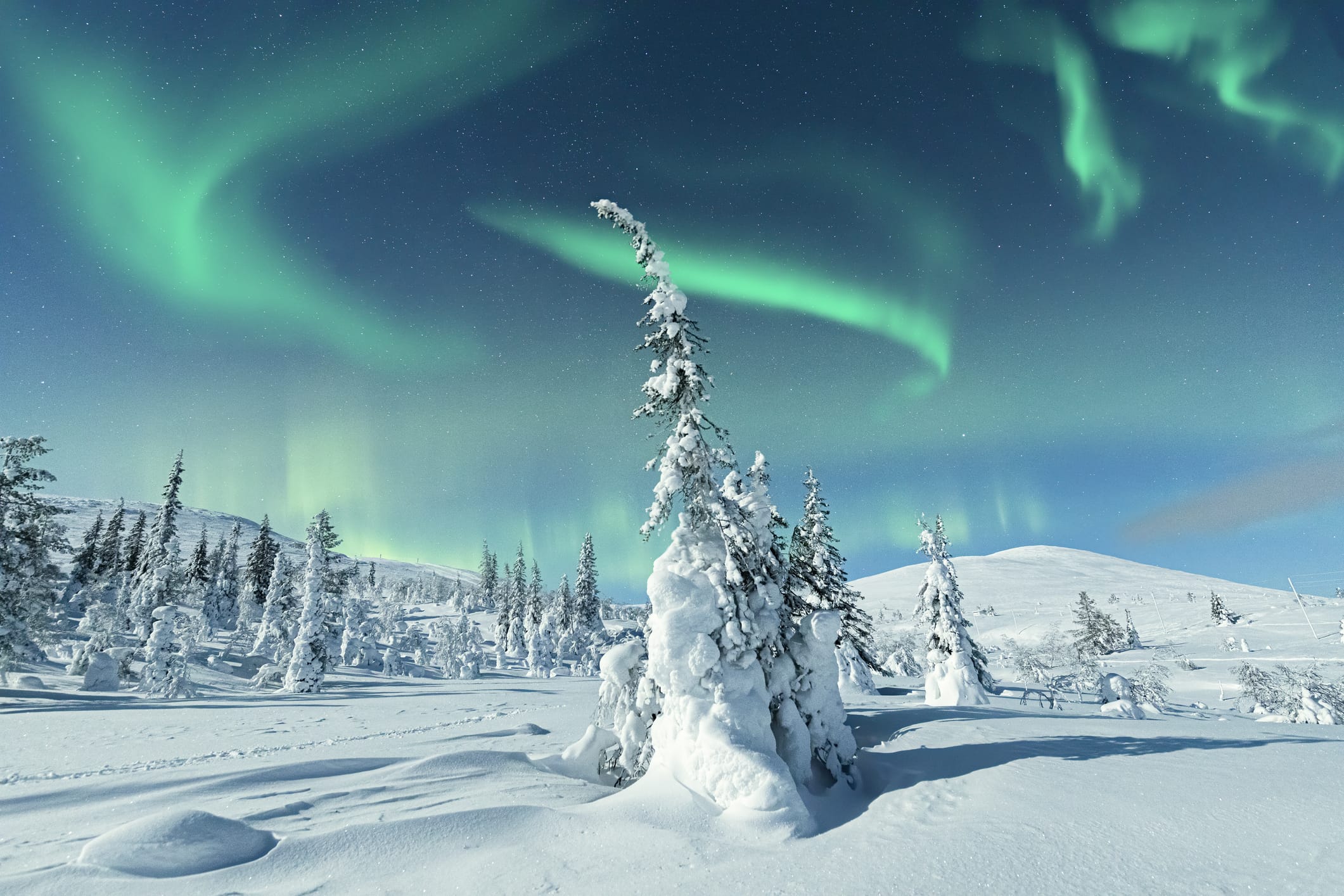
Facts about Finland
Geography, population and government
Finland is located in northern Europe and Finland’s neighbouring countries are Sweden, Norway and Russia, which have land borders with Finland, and Estonia across the Gulf of Finland.
Forests cover three quarters of the country’s surface area of 338,000 sq. km. Other outstanding features of Finland’s scenery are some 190,000 lakes and approximately as many islands. The principal archipelago and the self-governing province of the Åland Islands lie off the south-west coast while the main Lake District, centred on Lake Saimaa, is in the east.
Finland’s population is 5.5 million and the capital of Finland is Helsinki. Other big towns are Tampere and Turku in southern Finland, and Oulu in the north.
The head of Finland is the President of the Republic who is elected for a period of six years. Parliament has 200 members who are elected every four years.
Finland has two official languages, Finnish and Swedish, the latter spoken as a mother tongue by about 6 % of the people. English has become the most popular foreign language and is widely spoken.
Economy
Currency used in Finland is Euro (€).
Major industries in Finland are information technology, machinery, forestry, and paper products.
Finland is a high-income economy with a strong welfare state.
The average salary in Finland is approximately €4,140 per month before taxes. Men typically earn around €4,497 per month, while women earn about €3,807 per month.
Finland does not have an official minimum wage. Instead, wages are regulated by collective agreements between trade unions and employers. The minimum wage in certain industries is about half of the average earnings of full-time employees.
Culture
Emphasis on equality, honesty, and respect for nature are important Finnish values.
Finnish traditions include sauna culture, Midsummer celebrations, and various winter sports.
Finnish cuisine is known for dishes like rye bread, salmon, reindeer, and various berries.
Want to study Finnish culture before coming to Finland? Xamk pulse course gives you the main characteristics of Finnish society – a brief history, way of life, economic environment and working opportunities. You will learn to identify and describe the new trends in the development of Finnish society and learn about famous Finns and their contribution to the image of Finland worldwide. Share your experience with others and learn from their experience.
Climate
Finland has four distinct seasons – cold winters, mild springs, warm summers, and colourful autumns. Winter is long, cold and relatively dark, especially in the northern regions. Temperatures during winter varies between +5 and -20, sometimes even -30C. Finnish summer is short but can be quite warm, with long daylight hours. Summer temperatures are usually between 15 – 25 degrees, sometimes even 30 degrees.
Most forests in Europe
Finland has the most forests in Europe and 188 000 lakes. Finland has a beautiful nature which consists of lakes, forests and archipelagos. 13% of Finnish forests are protected.
Cleanest air and water
You can drink tap water everywhere, its quality is among the highest in the world.
Average living costs in Finland for 2025
Cost of living
For a single person, the estimated monthly costs (excluding rent) are around €936.8.
For a family of four, the estimated monthly costs (excluding rent) are approximately €3,408.0
Utilities and other expenses
Basic utilities (electricity, heating, cooling, water, garbage) for an 85m² apartment cost around €100-€150 per month. Internet costs are approximately €20-€30 per month
Transportation costs include a monthly pass for local transport at around €60
More information about living in Finland: infoFinland and Fintegrate.
Housing costs
The average monthly rent for a one-bedroom apartment in the city center of Helsinki is around €800–€1,200, while outside the city center, it ranges from €600–€900.
Outside Helsinki the rental prices of apartment are lower, a studio apartment is about 350–700e and a three-room-apartment 750–500e / month.
Pay attention to the fact that there is a limit for how many people can live in an apartment. Studios are usually only for individuals or for two people, depending on the rental agreement, the number of people living in an apartment must be agreed with the landlord and the agreement is binding.
Financing your studies
All degree students at Xamk are responsible for covering their own tuition fees and living expenses. Make sure you have sufficient funding for the entire duration of your studies.
Please note that international students coming to Finland solely for studies are usually not covered by Finnish social security and are therefore not eligible for student financial aid from the Finnish government.
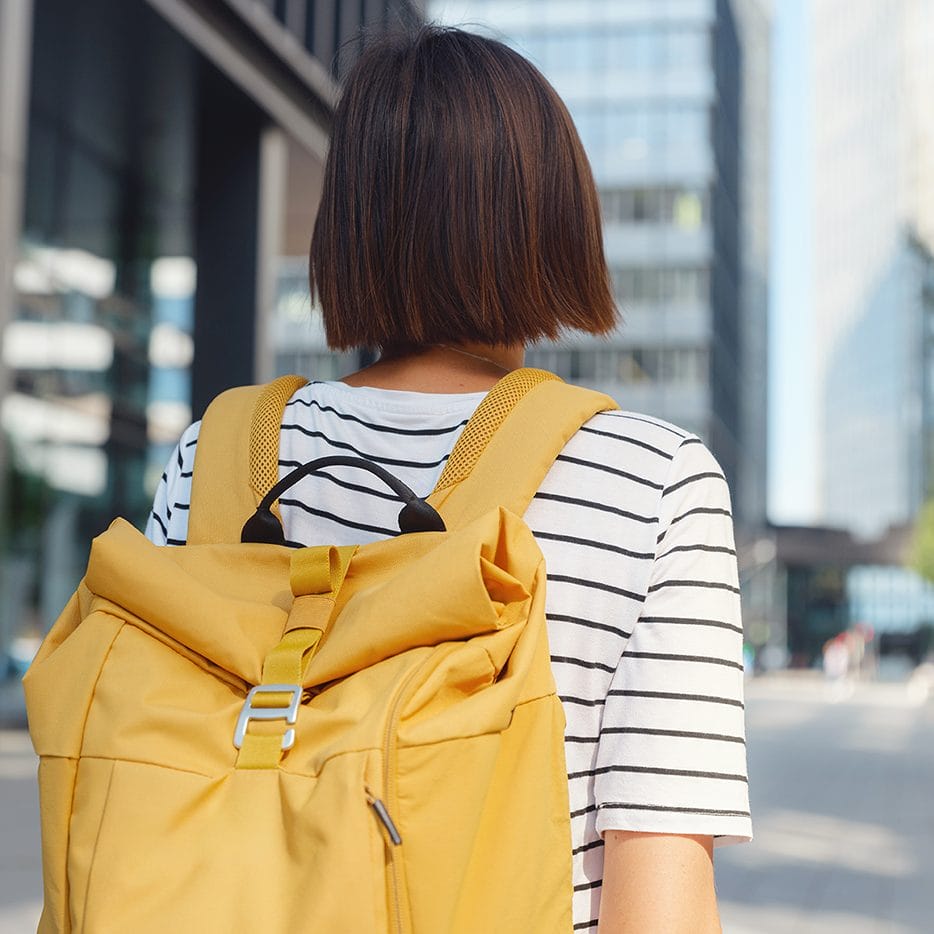
Student life at Xamk
At Xamk, we will do our best to create an inspirational learning environment and support our students. Therefore, we have created services, which will help our students not only enjoy their studies, but also their lives in Finland!
Know more about practical aspects of moving to Finland, including housing, living in Finland, and travelling.
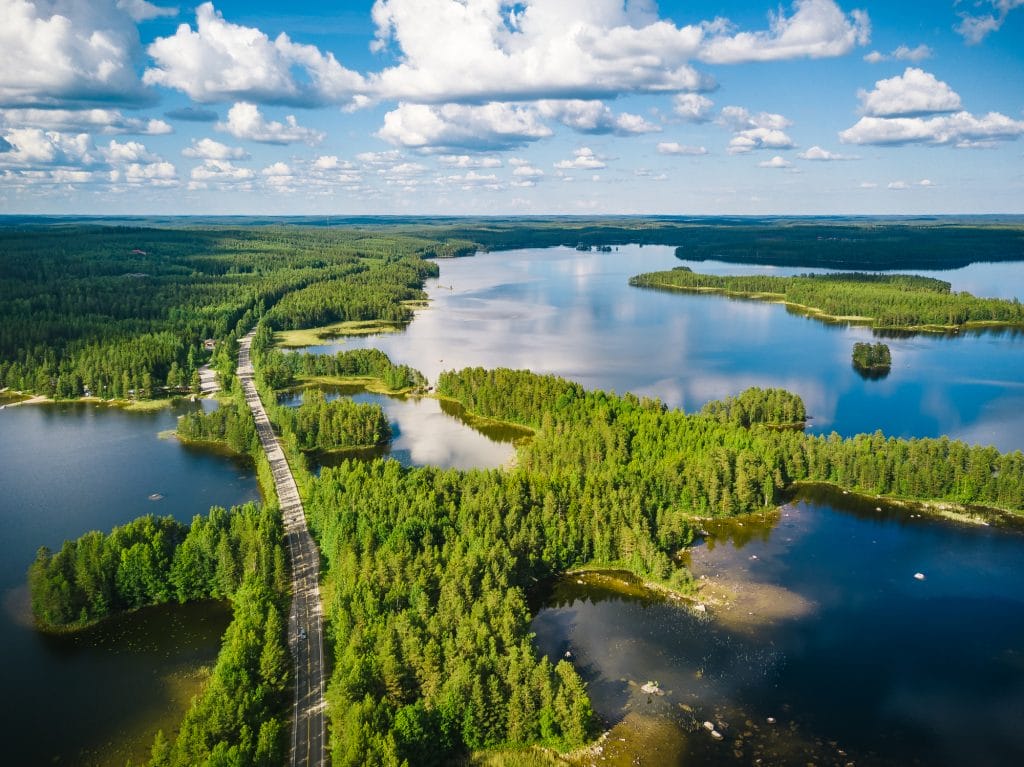
Feel the nature
Finland has a beautiful nature which consists of lakes, forests and archipelagos. We have four seasons which is a richness in Finland. Depending on the season one can do different things such as swimming in the lake, hiking, skiing, canoeing and ice-fishing.
Outdoor life and communing with nature are close to Finns’ hearts. No wonder, many Finns spend their free time at their lakeside summer cottages.
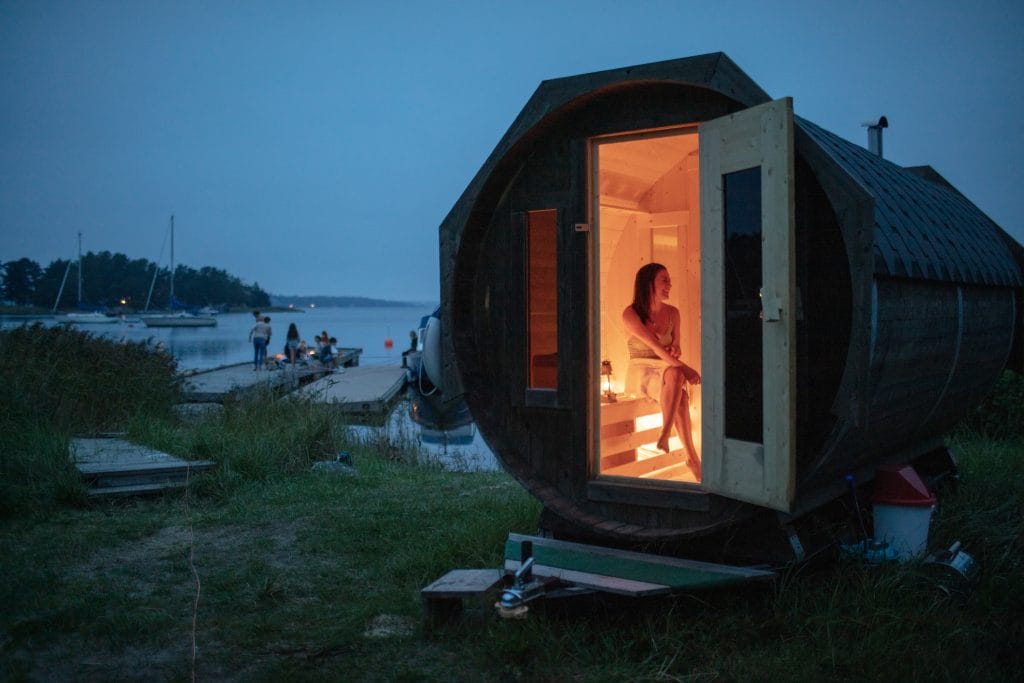
How are Finns like?
There are many stereotypes about Finnish people: for instance, Finns are said to be shy, reversed and introvert. Usually Finns are straightforward; they say what they mean and they mean what they say. Besides, once you manage to break the ice with a Finn, you usually get a friend for a lifetime. Finns appreciate punctuality: 10 o’clock means 10 o’clock. In case of being late, please, inform about it.
The sauna is an essential part of life in Finland. Almost every Finnish house has a sauna of its own and when living in Finland you cannot avoid getting an invitation to go to a sauna.
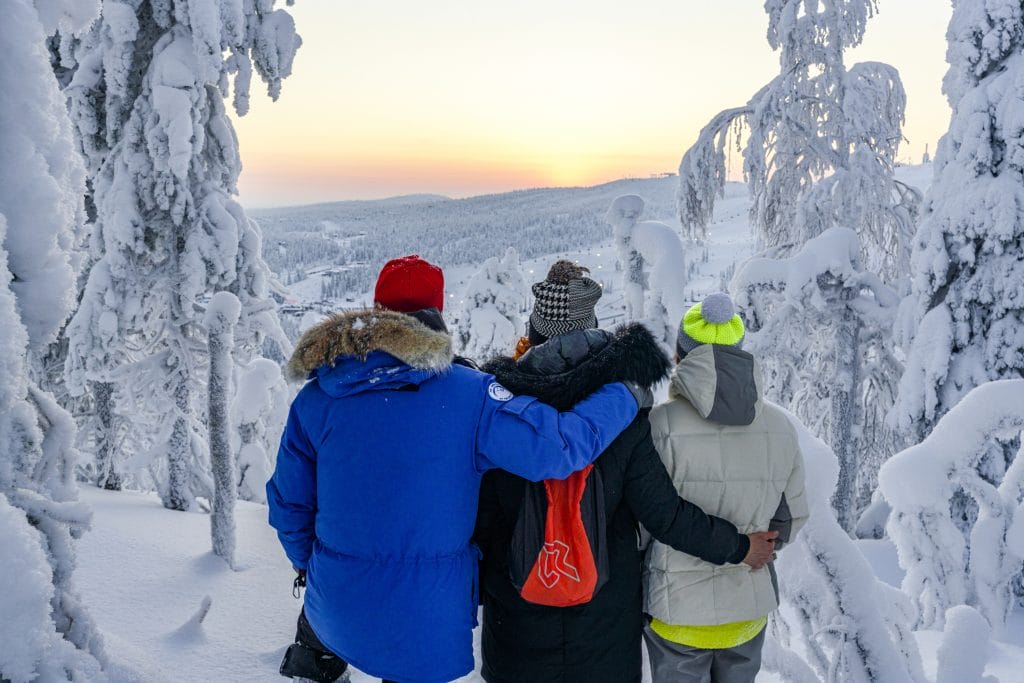
What’s the weather like?
One notable effect of Finland’s northerly position on the globe is that the four seasons of the year are clearly distinct from one another. The climate is marked by cold winters and warm summers. The highest daytime temperature in southern Finland during the summer occasionally rises to almost 30 degrees. During the winter months, particularly in January and February, the temperatures of minus 20 Celsius are not uncommon.
During the winter, warm clothing is an absolute necessity. While outside temperatures can be well below freezing during the winter, the buildings are very well heated with central heating. The weather in Finland has a strong effect on the way people behave. In the winter, people tend to work or study with great intensity. In the summer, the very same people become very open and social, spending time soaking up the sun and relaxing, and having fun.
Facts, Life and Info
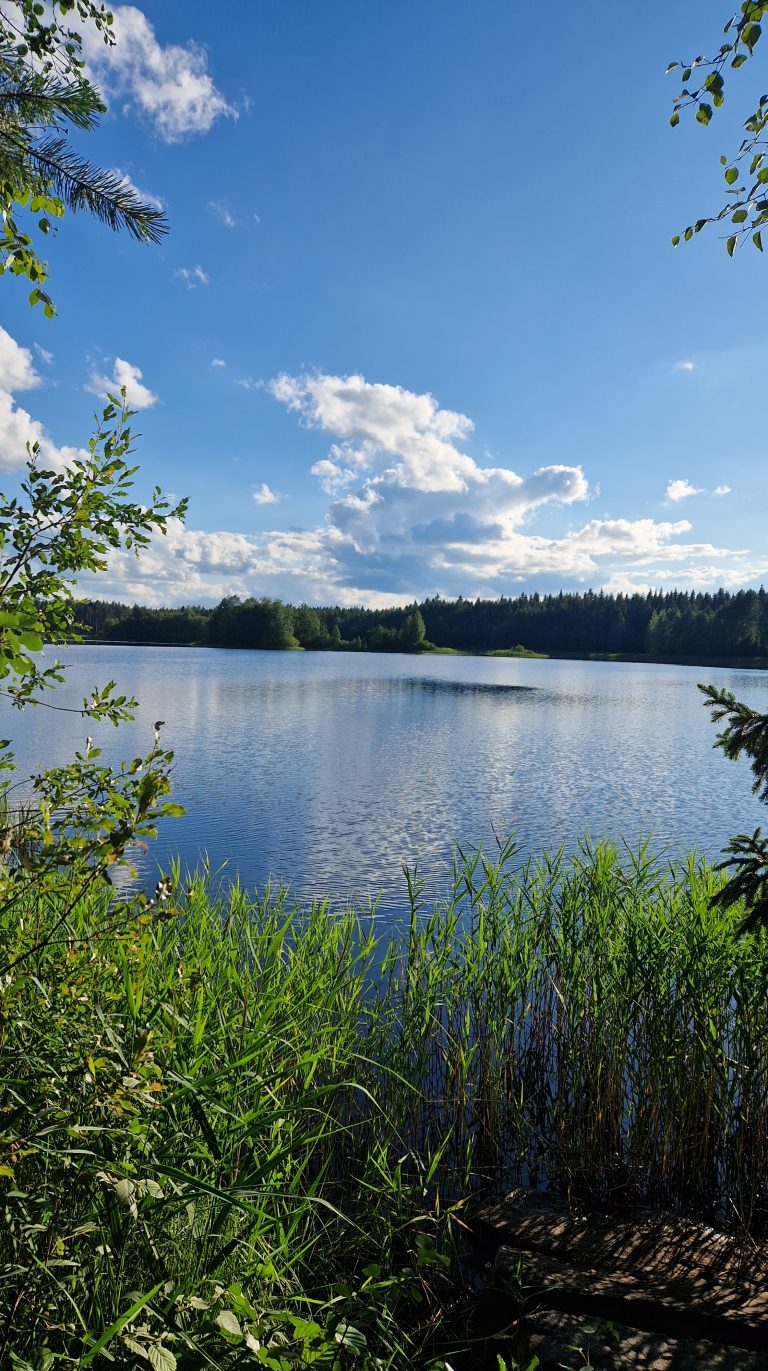
Welcome to Finland
Welcome to Finland
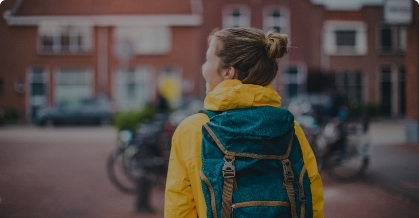
This is Finland
This is Finland

Enter Finland
Enter Finland
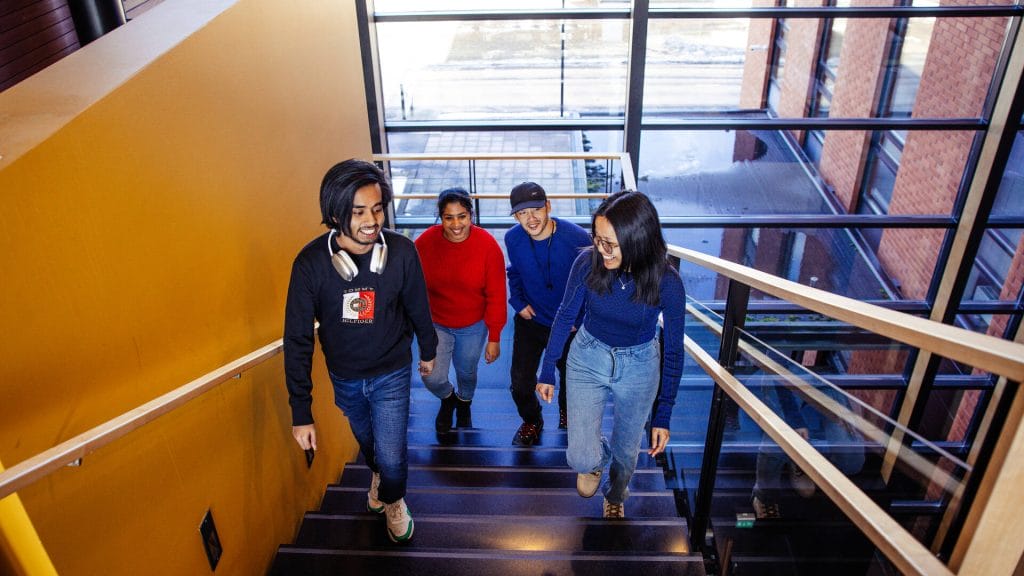
Questions about beginning the studies?
Student Affairs Advisors help you in general study-related matters and the Studies Coordinators (counselling teachers) in questions related to study contents and other academic issues. You can find their contact details in the programme-specific instructions. You can find important info for new students at the new student webpage.
Admission Services helps you in questions related to the offer of admission, enrollment as student and tuition fees.



